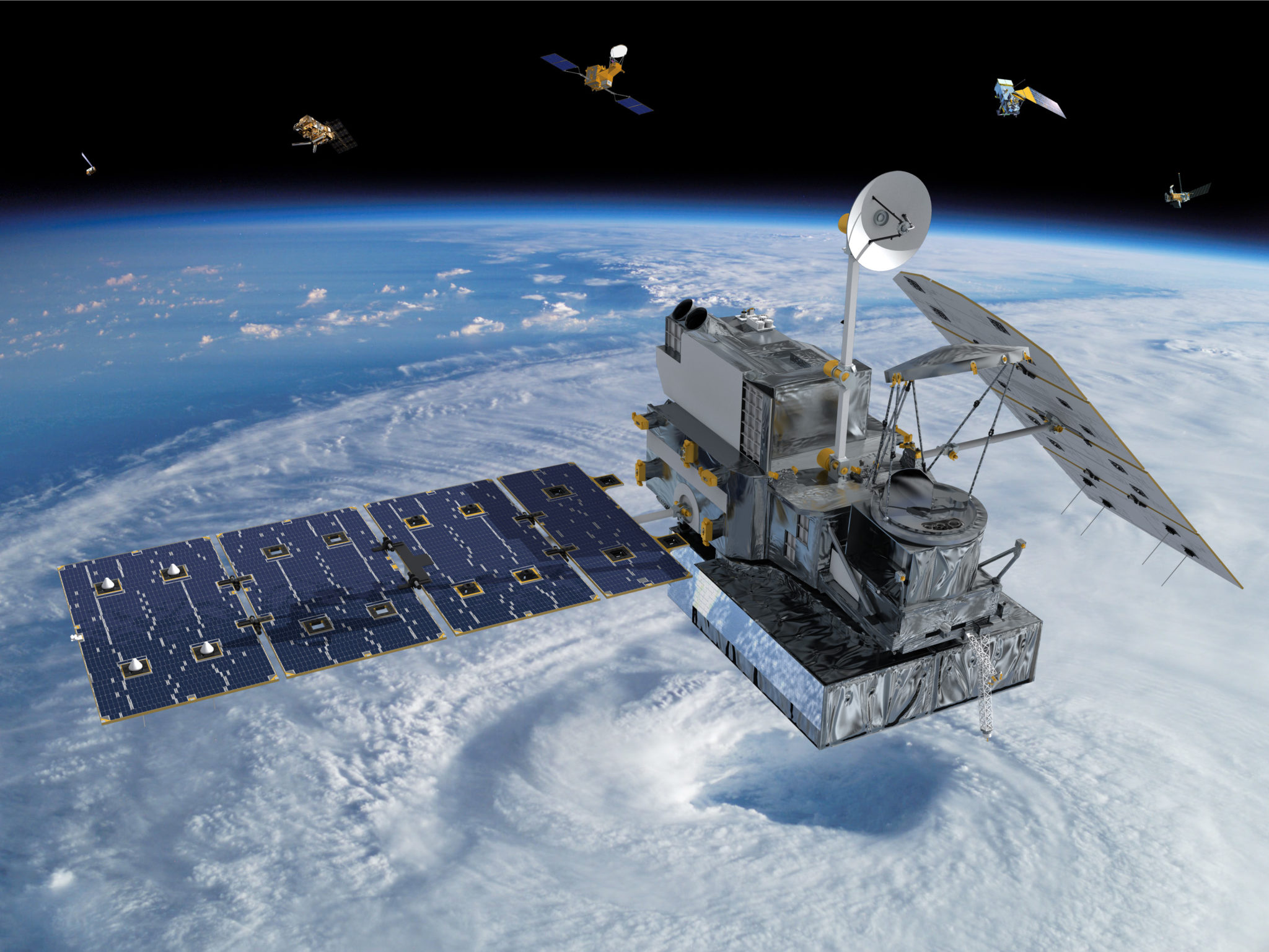NASA SET Mission to Launch With a SpaceX Falcon 9 Rocket

The mission objective for NASA’s Space Environment Testbeds (SET) is to study how to safeguard satellites in space better. The instrument is ready to launch this month by hitching a ride on a SpaceX Falcon 9 rocket. The take-off will take place from the Kennedy Space Center in Florida.
SET data will help scientists design improved spaceships
A vital point of the NASA SET mission will be to observe the nature of space itself and its properties. The radiation it emanates and how the spaceship’s electronic systems are affected by it while in orbit would reveal more details on cosmic radiations. Hardware degradation happens over time due to solar energy particles making their way through space and affecting computer memory drives.
The goal is to understand these effects better and improve spacecraft design along with operations as a whole. NASA holds spacecraft integrity as a top priority as the Artemis missions will begin by sending crewed exploration teams to the Moon and working their way up from there.
Reggie Eason, project manager for SET at NASA HQ in Washington states that: “Since space radiation is one of the primary hazards space missions encounter, researching ways to improve their abilities to survive in these harsh environments will increase the survivability of near-Earth missions as well as missions to the Moon and Mars.”
NASA SET’s purpose is to study space weather
The focus of SET is to study the near-Earth part of space, which is found between two of the planet’s radiation belts. Called the Van Allen belts, hold vast amounts of radiation, captured by planetary magnetic fields. This area of space between the belts called the slot region is quite hospitable for satellites, allowing their systems to function correctly in terms of navigation and communication. At 12.000 miles altitude, satellites are in a safe radiation zone as well as having a wide-angle view of the planet.
However, one of the issues satellites face in the slot region is the energy particle downpour caused by intense magnetic storms in the outer belt. SET will study different radiation types that cause damage to satellites. One example of damage is known as a single event effect that is caused by a solar eruption that carries over a high energy ion. These random occurrences have the capability of corrupting spacecraft memory banks as well as critical systems that affect functionality.
Another concern that merits study is how spacecraft are affected over time by milder radiation in the form of charged particles in the radiation belts that cause the same ill effects as mentioned above.
NASA’s SET Tools and Instruments
CREDANCE
Cosmic Radiation Environment Dosimetry and Charging Experiment is a space weather monitor that detects cosmic rays and particles in radiation zones.
DIME
Dosimetry Intercomparison and Miniaturization Experiment holds two boards with six radiation measuring tools.
ELDRS
NASA SET’s Enhanced Low Dose Rate Sensitivity monitor studies mysterious effects of radiations over time.
0 comments